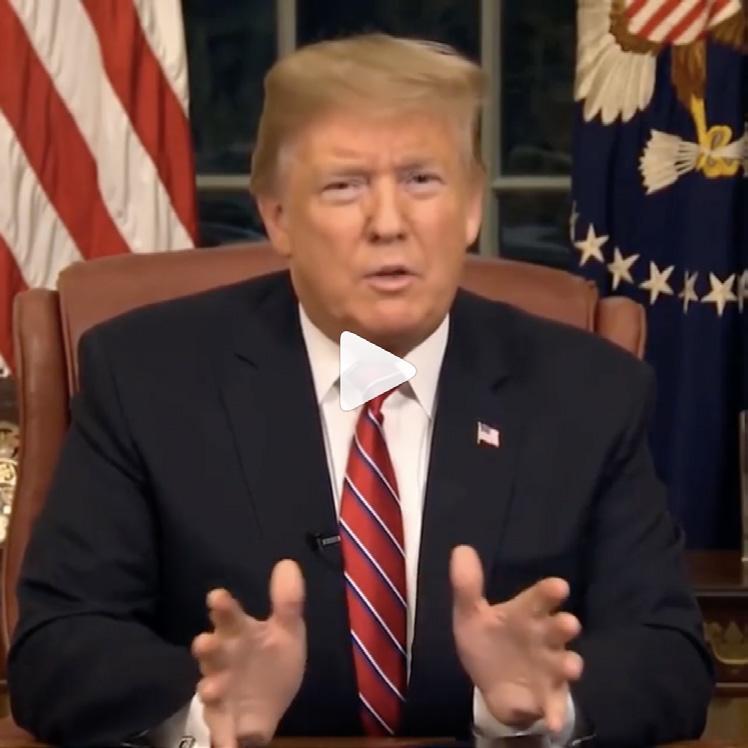
2 minute read
The State of Deepfakes: Landscape, Threats and Impact
from Jan-Feb 2020
The rise of synthetic media and deepfakes is forcing society toward an important and unsettling realization: The historical belief that video and audio are reliable records of reality is no longer tenable.
Until now, people trusted that a phone call from a friend or a video clip of a known politician was real because they recognized the voices and faces. People correctly assumed that no commonly available technology could have synthetically created the sound and images with comparable realism. Videos were treated as authentic by definition. But with the development of synthetic media and deepfakes, that’s no longer the case. Every digital communication channel our society is built upon—audio, video or even text—is at risk of being subverted. The deepfake phenomenon is growing rapidly online, with the number of deepfake videos almost doubling over the last seven months to 14,678. Meanwhile, the tools and services that lower the barrier for non-experts to create deepfakes are becoming common. Perhaps unsurprisingly, web users in China and South Korea are contributing significantly to the creation and use of synthetic media tools used on the English-speaking internet. Another trend is the prominence of non consensual deepfake pornography, which accounted for 96% of the deepfake videos online. The top four websites dedicated to deepfake pornography received more than 134 million views on videos targeting hundreds of female celebrities worldwide. This significant viewership demonstrates a market for websites creating and hosting deepfake pornography, a trend that will continue to grow unless decisive action is taken.
Advertisement

Deepfakes are also roiling the political sphere. In two landmark cases from Gabon and Malaysia that received minimal Western media coverage, deepfakes were linked to an alleged government cover-up and a political smear campaign. One of the cases was related to an attempted military coup, while the other continues to threaten a high-profile politician with imprisonment. Seen together, these examples are possibly the most powerful indications of how deepfakes are already destabilizing political processes. Without defensive countermeasures, the integrity of democracies around the world is at risk.
Outside of politics, the weaponization of deepfakes and synthetic media is influencing the cybersecurity landscape, making traditional cyber threats more powerful and enabling entirely new attack vectors. Notably, 2019 saw reports of cases where synthetic voice audio and images of non-existent, synthetic people were used in social engineering against businesses and governments.
Deepfakes are here to stay, and their impact is already felt on a global scale. Deepfakes pose a range of threats, many of them no longer theoretical.
Conclusions on the Current state of deepfakes:
• The online presence of deepfake videos is rapidly expanding and most are pornographic.
• Deepfake pornography, a global phenomenon supported by significant viewership on several websites, targets women almost exclusively.
• Awareness of deepfakes is destabilizing political processes because voters can no longer assume videos of politicians and public figures are real.
• Deepfakes are providing cybercriminals with sophisticated new capabilities for social engineering and fraud.










